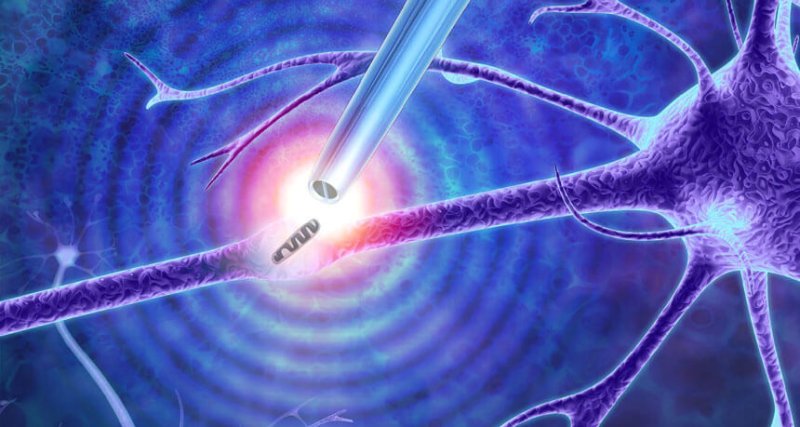Scientists at the Imperial College London have revealed their creation of a set of nanotweezers that can work on the molecular level to extract subcellular components from cells, all while not harming the host cell whatsoever.
…
The first step was to make a pair of nanopipettes out of quartz using the process of laser pulling to slowly strip away layers. Then nanoelectrodes were made at the tips of these microscopic pipettes by depositing chemically modified carbon to form a conductive surface. The distance between these two nanoelectrodes is on the order of 10 nanometers. And since human cells are on average the size of tens, hundreds, or even thousands of micrometers, this nanotweezer scale is far below that. When a voltage is expressed across them, the two electrodes create an attractive force, pulling molecules in their direction.
Particles can then be trapped and moved via these tweezers, including being removed entirely from the cell.
…
The scientists have noted that the nanotweezers may also be modified with different techniques beyond just molecular-level extrication. Scanning and observation components could be attached and inserted into a living cell and produce data on any variety of cellular behavior. The limits of what we can use such a device for are only the limits we choose to restrict ourselves to.
Read full, original post: Nanotweezers allow for extraction of single molecules from living cells































